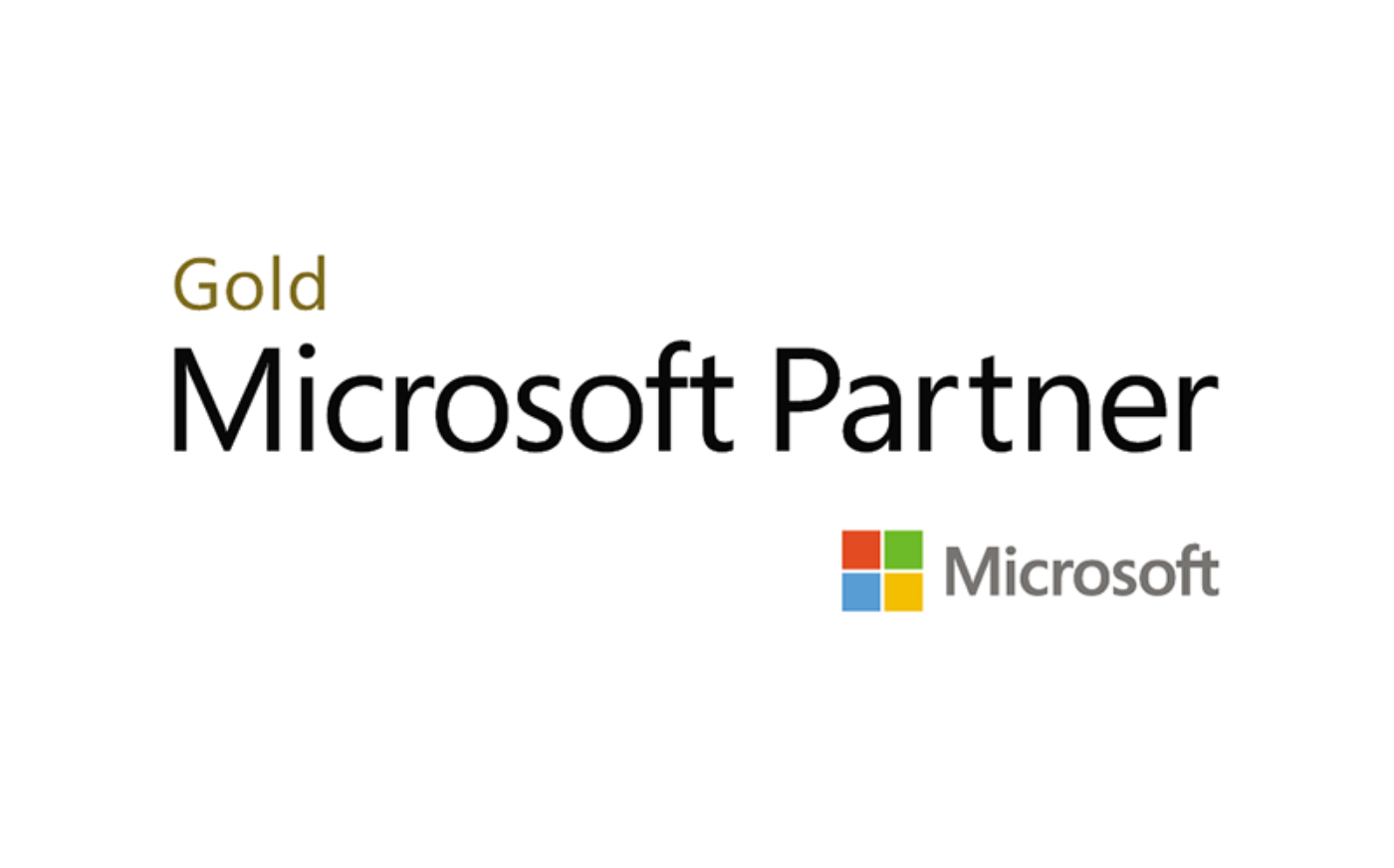Enhancing data management for fund administrators
In the world of fund administration, managing data isn’t just a routine task—it’s a strategic advantage. Even with the most advanced systems, the complexity of handling entity data across various jurisdictions brings its own set of challenges. And when customer data isn’t managed cohesively, inefficiencies, fragmentation, and compliance hurdles can creep in. A well-defined data governance framework can help ensure that data management processes are organised, consistent, and reliable.
From my experience working with fund administrators, I’ve seen that even the most established processes sometimes encounter hiccups when data sources are spread across different systems. These issues, though small at first, can escalate into larger inefficiencies over time. The good news? Optimising data management through centralisation and strong data governance practices can help mitigate these challenges, improving operations and decision-making.
Let’s explore how centralising your customer data can streamline compliance, simplify entity management, ensure data integrity, reduce audit pressure, and enhance client trust.
Streamlining multi-jurisdictional compliance with centralised data management systems
Fund administrators are well-versed in navigating complex regulatory landscapes like AML (Anti-Money Laundering), KYC (Know Your Customer), and CDD (Customer Due Diligence) across multiple jurisdictions. Yet, managing compliance requirements when customer data is fragmented across platforms can complicate matters, even for seasoned professionals. Centralising your compliance data creates a streamlined system, ensuring information is always accessible, up to date, and ready for audits. When backed by effective data governance, this approach not only simplifies daily operations but helps your team handle compliance with even more confidence, knowing that nothing has slipped through the cracks.
Enhancing data management processes for handling diverse entity structures with ease
Handling a wide variety of entity types is a challenge all fund administrators know well. Each fund and asset class brings its own unique data requirements, which, if not managed efficiently, can lead to inconsistencies and operational delays. A more unified approach to data management doesn’t just organise your data; it provides clarity and consistency across the board. By applying standardised processes and a strong data governance framework, you ensure that all entity types are accounted for without disrupting your workflows. It’s about refining and enhancing what’s already in place to improve efficiency.
 Ensuring data integrity and security through effective data governance
Ensuring data integrity and security through effective data governance
Data integrity is at the heart of effective fund administration. But when customer data is stored across different platforms, even the most organised teams can run into issues with outdated or conflicting records. These inconsistencies can complicate decision-making and reporting. By bringing everything into a centralised system, supported by robust data governance, you maintain a single source of truth. This ensures your team can rely on up-to-date, accurate data at all times, making their decisions smoother and more informed.
Fund administrators are entrusted with managing highly sensitive client information, and maintaining that trust is paramount. When data is dispersed across multiple systems, it can introduce data security vulnerabilities—something no team wants to risk. A centralised system with built-in security measures and access controls keeps client data protected, and your processes aligned with regulatory expectations. Effective data governance ensures that security protocols are enforced, and that sensitive information is handled with care across all platforms.
Easing audit and compliance pressure with a centralised data management system
Audits are a normal part of the landscape for fund administrators, but they can become a major source of pressure when data isn’t organised. When compliance data is stored in different places, it can take extra time to gather everything needed. A centralised system helps to streamline this process, giving you quick access to all the necessary documents and records. With the right data governance practices in place, this makes audits far less stressful and ensures you’re always prepared, no matter how complex the compliance requirements.
Why centralised data management matters for fund administrators
Managing data centrally isn’t just about eliminating inefficiencies or minimising errors—it’s about positioning your team for even greater success. Accurate and consistent data, combined with strong data governance, powers more informed decision-making, enhances client trust, and supports smoother audits. It’s a small adjustment that can lead to a more agile and effective operation.
At Puritas, we’ve worked with fund administrators to understand the nuances of data management in your industry. That’s why we developed PureClient—a platform designed to simplify and enhance how you manage your data. With features built specifically for complex entity data, CDD requirements, and multijurisdictional compliance, PureClient fits seamlessly into your workflow, making data management more efficient and reliable. PureClient allows you to centralise your data, reduce inefficiencies, and maintain a high standard of integrity across all your operations, helping you focus on what truly matters: delivering exceptional value to your clients.
Ready to explore how PureClient can support your fund administration? Contact us today to find out more about how we can help streamline your operations and keep your data accurate, secure, and ready for the future.



